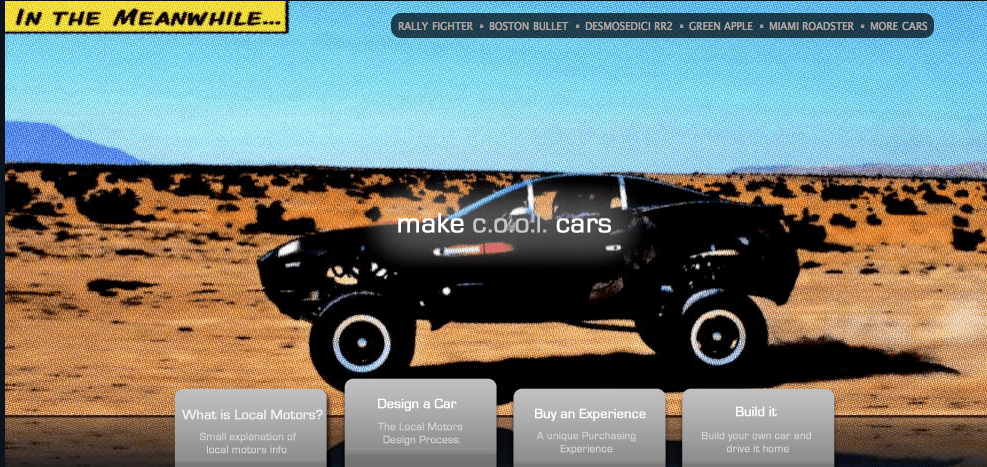A recent paper by Spanjol, Qualls and Rosa, “How Many and What Kind? The Role of Strategic Orientation in New Product Ideation” in the Journal of Product Innovation Management identified that there are three types of companies: customer centric, competitor focused or technology driven.

The paper states that, in the ideation phase of new product development, it was found to be better to be technology-focused as the two other approaches generally brought about compromise or smaller product evolutions. At first brush, per the study, being innovative and customer centric seems potentially to be anachronistic. While I can intuitively understand that initial ideation is best driven by a technologically focused team, as the study intimates, the notion of being customer centric remains absolutely vital in ALL other elements of development and execution.
That said, with the opportunities offered via the Internet, there are now ways to open up, even at the ideation phase, to nurture in style and in content an innovative approach. If one takes a look at how LEGO managed to be innovative AND customer centric with the support of its online strategy, there are some good lessons to be learned. The most relevant in this case, as is so often the case, is going with BABY STEPS. With CEO, Jørgen Vig Knudstorp, leading the charge (another important lesson), LEGO initially made small incursions into the online world. By giving the consumers the “right to hack” its products and by interfacing with small groups of passionate LEGO-phylls, the company was able to pick up some of the smarter ideas all the while galvanizing broader community appreciation. In so doing, LEGO developed an ease with the new media in the C-suite and beyond, which enabled it better to harness the social mediasphere.

Another great example comes from the car industry which has historically been technology driven with long development cycles. Local Motors managed to cut down its development time frame from the traditional five years for the big Three to one and a half years by using an original crowd-sourcing platform that gathered the ideas and input of 59,000 people [prospective clients] around the world. Per TreeHugger, “[t]his process, says founder [of Local Motors] Jay Rogers, has more in common with the way Mozilla makes Firefox and American Idol picks stars than the way Detroit has traditionally made automobiles.”
For companies today diving into the new marketing world, the challenge is that there is a lot of noise and CRA** on the internet, so it is often very difficult to decipher and to distill the right ideas. Certainly, the internet and concepts such as “crowd sourcing” are not the answer to everything. As companies start to look to the Internet for “miracle” business solutions, they would be totally ill-advised to flip from a traditional marketing model to “new marketing” overnight. Indeed, the idea is to take small steps, experience the passion of your community and learn from the exchange — and from the mistakes that will surely occur.
The paper’s conclusion is that the best way to conceive an innovation is to be focused on the technology in the early idea-stages. Brazen vision, blind faith, patent protection, shrouded secrecy and totalitarian regimes are among the most likely reasons to warrant ignoring the customer and competition. Even heavily R&D centric companies will gain — in terms of cost savings, speed to market and heightened innovation — by listening to the street and learning to integrate co-creation and crowd-sourcing initiatives into their processes. However, even for customer centric organizations there is a steep learning curve to create a favorable exchange with the right partners.
Vision à la Steve Jobs is a beautiful thing, but few companies can avail themselves of Jobs-like profiles. Innovation is one of the true unique drivers of business — along with astute marketing — but as shown by LEGO and Local Motors, there are clearly ways to integrate customer centric orientation into the innovation process.











Trackbacks/Pingbacks